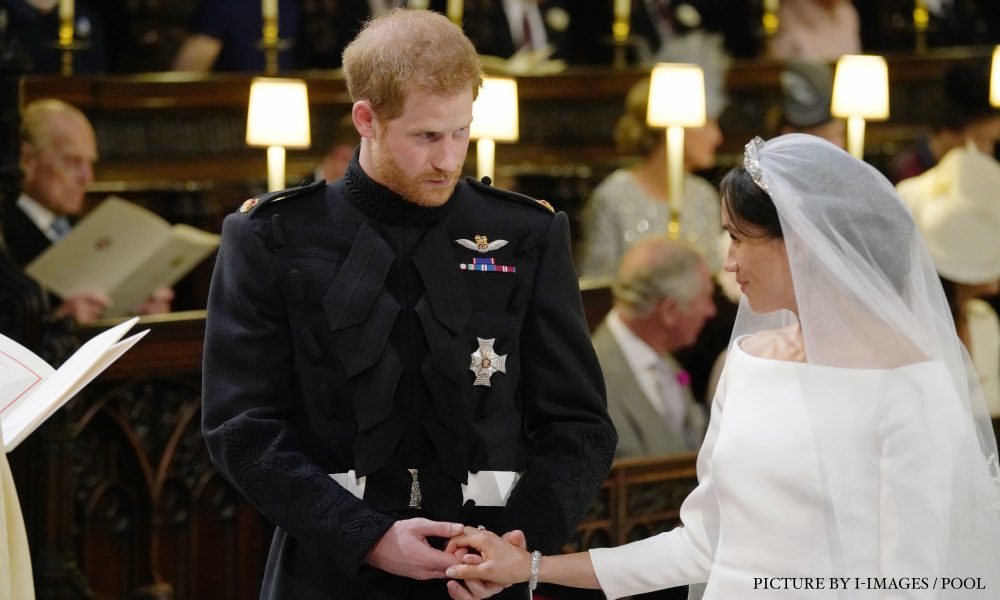
The Duchess of Sussex’s revelation that she married Prince Harry privately three days before the ceremony watched by the world at. St. George’s Chapel, Windsor, has led to questions about which of the services was their legally binding wedding.
The ceremony at Windsor on May 19th 2018 was, until now, believed to have been the moment Harry and Meghan were joined in matrimony. However, speaking to Oprah Winfrey, Meghan says she and Harry were wed by the Archbishop of Canterbury on May 16th 2018.
Meghan says ‘We called the Archbishop and we just said, ‘look, this thing, this spectacle is for the world but we want our union between us… just the two of us in our backyard.” The couple also revealed the May 16th ceremony involved just them and Justin Welby and that they used their own vows which they now keep as a treasured memento of their day.
Weddings usually require two witnesses to make them legally binding while religious ceremonies are normally expected to occur in places of worship. It isn’t clear whether the May 16th ceremony is considered to be the legal union of the couple or whether it was a private commitment ceremony before their actual marriage.
Furthermore, there are strict rules about outdoors weddings in England and Wales. For civil marriages, a venue must be licensed for weddings and if it wants to offer the opportunity for a coupe to wed outside, it must provide a specially built, permanent structure. This is usually a gazebo of some kind which is then included on the licence issued to the venue for marriages. The couple, those officiating and the two witnesses must be under the cover of the gazebo at all times for a legal union to be formed.
The revelation that the couple went through a ceremony officiated by the Archbishop of Canterbury before the St. George’s Chapel event has led to questions about which of the ceremonies is their legal marriage. Their marriage registration has never been shared publicly. That’s not unusual in royal circles as The Duke and Duchess of Cambridge also kept their wedding paperwork confidential while Princess Eugenie and Princess Beatrice’s certificates were never shared either. Other royal wedding register pages, including that of The Queen and The Duke of Edinburgh, have been put into the public domain after the ceremony.
Ahead of May 2018, the Archbishop of Canterbury confirmed Meghan into the Church of England so that she could marry in an Anglican ceremony. He also faced questions then about the St. George’s ceremony as Meghan had been previously married to Trevor Engelson with that union ending in divorce. People whose previous spouses are still living can marry in the Church of England under some circumstances. When asked about this before the St. George’s ceremony, Justin Welby said ”it’s not a problem”, adding ‘we went through that as anyone would who will officiate at a wedding where someone has been separated and a partner is still living.”
The Archbishop of Canterbury and the Church of England are yet to comment.

